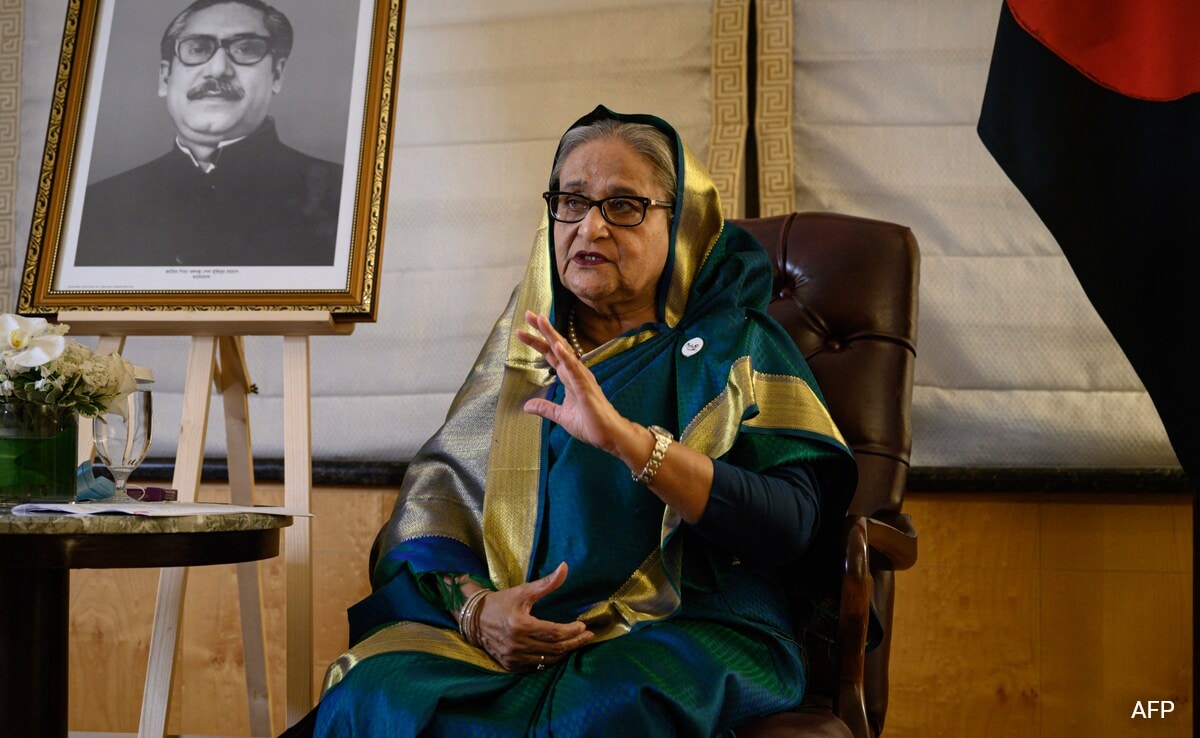Bangladesh Prime Minister Sheikh Hasina Resigns Amid Protests
What Led to Sheikh Hasina’s Resignation
Sheikh Hasina, the Prime Minister of Bangladesh, has resigned from her position and fled the country after weeks of deadly protests. The protests originally began as demonstrations by students against government job quotas but quickly escalated into a movement calling for Hasina’s resignation.
The Impact of Sheikh Hasina’s Resignation
Hasina’s resignation marks a significant moment in Bangladesh’s political history. She has been in power since 2009 and is the longest-serving Prime Minister in the country’s history. Her departure has left a power vacuum in the government, raising concerns about stability and the future direction of Bangladesh.
Effect on Bangladesh
The resignation of Sheikh Hasina has plunged Bangladesh into a period of uncertainty. The country is now faced with the task of organizing new elections and forming a new government. This transition is likely to be a turbulent and challenging process, as different factions vie for power and influence in the absence of clear leadership.
Effect on the World
The resignation of Sheikh Hasina has broader implications beyond Bangladesh. As a key player in regional politics, Bangladesh’s internal turmoil could have ripple effects on neighboring countries and the global community. The stability of South Asia could be impacted by the political vacuum left by Hasina’s departure, potentially leading to increased tensions and instability in the region.
Conclusion
In conclusion, Sheikh Hasina’s resignation has sparked a period of uncertainty and instability in Bangladesh. The aftermath of her departure will likely have far-reaching effects on both the country and the world at large. The coming days and weeks will be crucial in determining the future direction of Bangladesh and the broader implications of this political shakeup.





